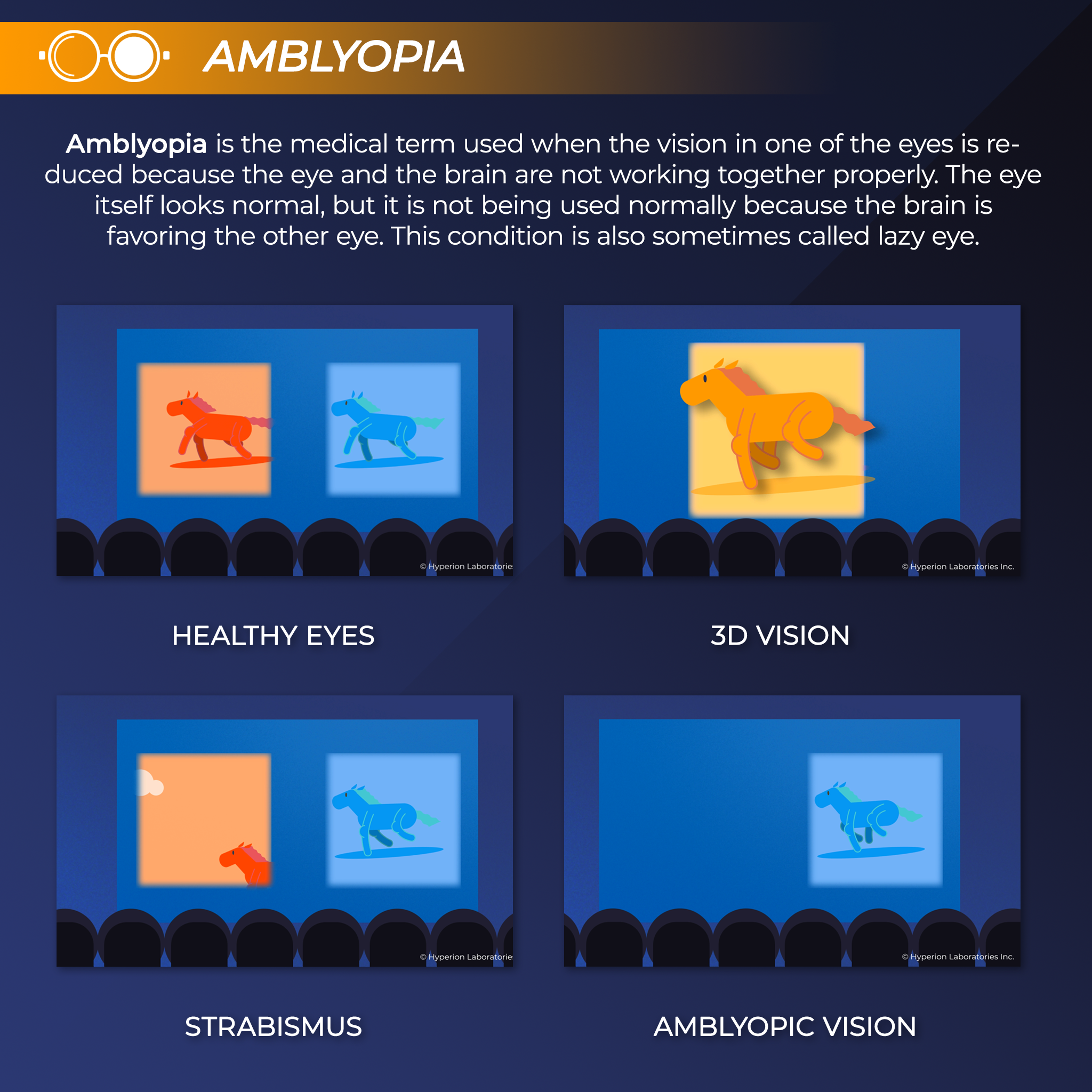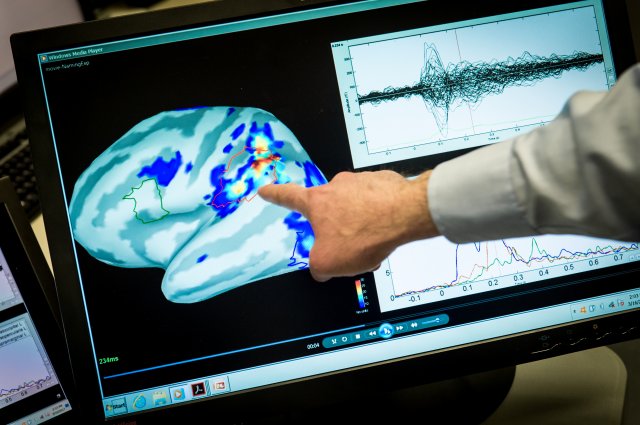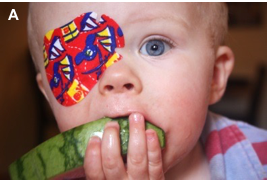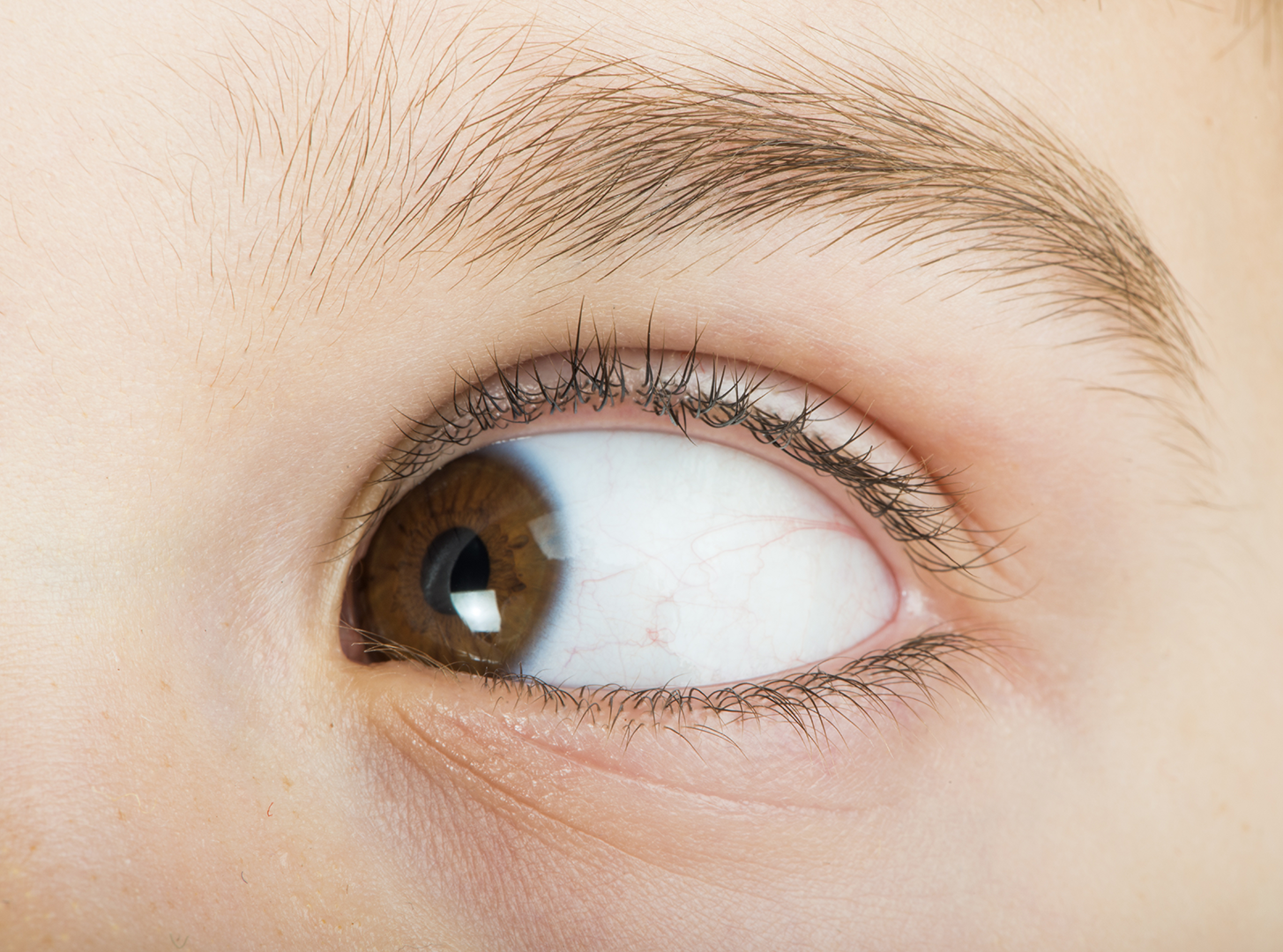Treatments for Amblyopia
Amblyopia, although differing from strabismus, has similar therapies to restore binocular vision in patients. As amblyopia is closely associated with strabismus, correcting the underlying deviation often times resolves the condition. Although closely associated, strabismus and amblyopia are different conditions, often used synonymously, with error, however...









